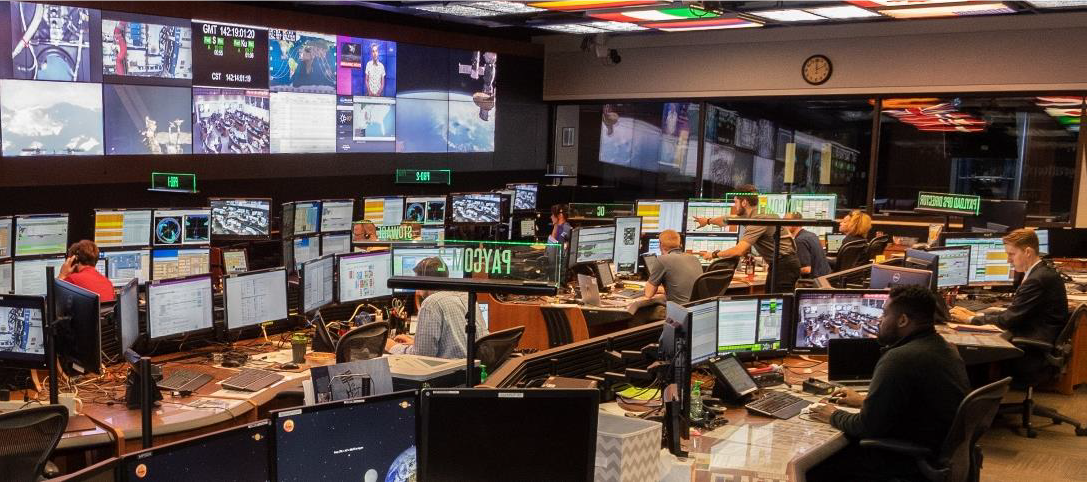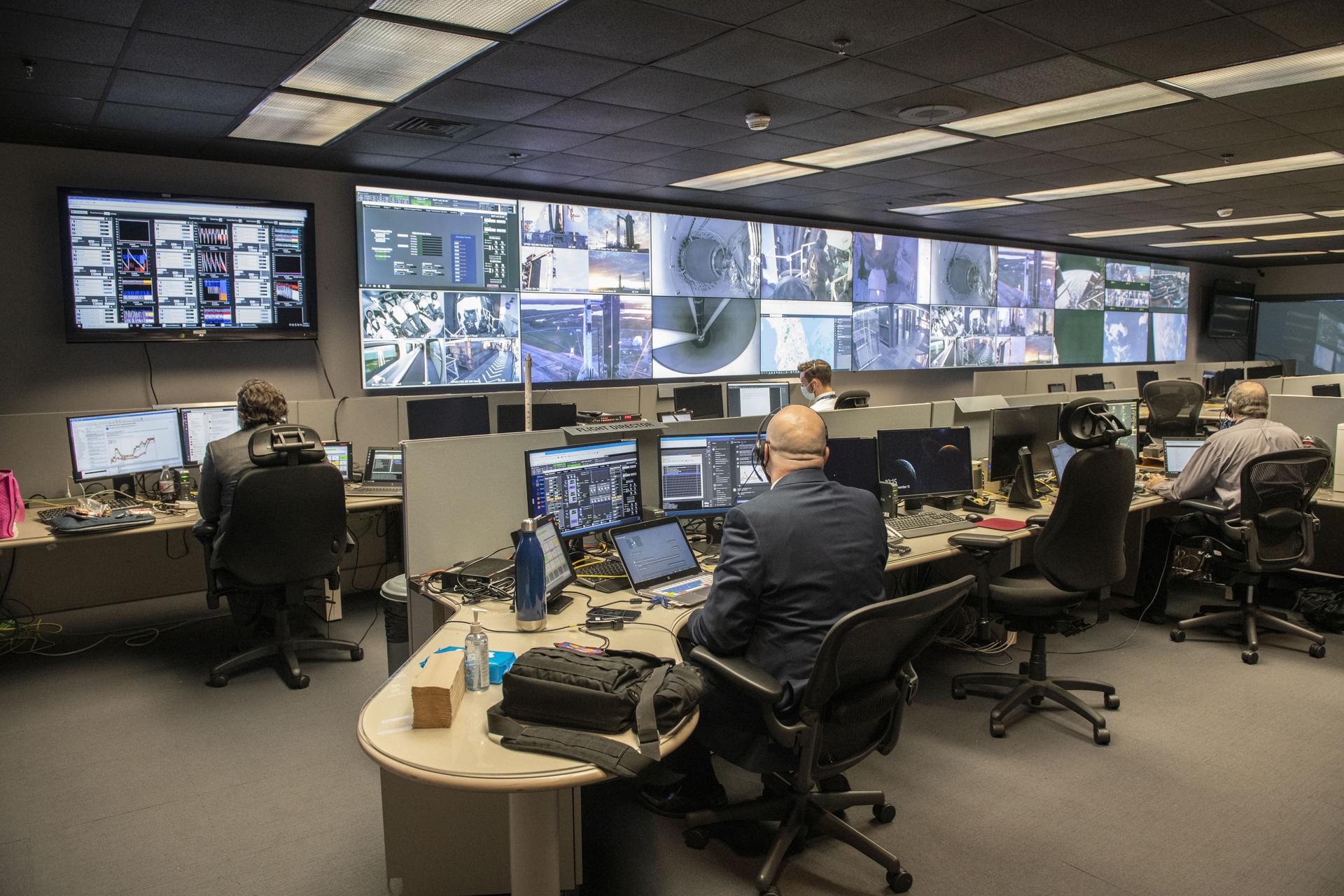Dwight Mosby has good reason to be excited about the future.
Mosby, manager of the Payload and Mission Operations Division at NASA’s Marshall Space Flight Center in Huntsville, Alabama, oversees an organization that has undergone a transformation in recent years. Long renowned for its work with the International Space Station, Marshall’s payload operations have grown to support multiple missions. The group is preparing for additional responsibilities over the next 10-15 years as NASA plans for parallel human mission and payload operations in low-Earth orbit, deep space near the Moon, on the lunar surface, in transit to Mars, and ultimately on and around the Red Planet.
“We wanted to expand the center’s operational capabilities and preserve Marshall’s future when it comes to space utilization and science mission operations,” said Mosby, who is also payload operations cost account manager. “I think we’ve definitely done that. We have truly become a multi-operational, multi-support project.”
Located within the Huntsville Operations Support Center, or HOSC, Marshall’s Payload Operations Integration Center has been staffed 24 hours a day, seven days a week, and 365 days a year since 2001. Even during a global pandemic, its team manages space station payload resources, science communications with the crew, and data transmissions to and from the orbiting laboratory.
Among the added roles for Marshall payload operations are support for Commercial Crew Program launches, serving as backup center for telemetry for multiple commercial resupply providers that deliver cargo to the space station, having data and connectivity responsibilities for its international partners’ payload control centers, providing data and training for commercial companies embarking into the low-Earth orbit economy, and the HOSC serving as a backup for mission control at NASA’s Johnson Space Center in Houston.
In preparation for NASA’s Artemis Moon missions, the HOSC configured multiple support rooms for Space Launch System launch day activities. Operations for the upcoming Marshall-led Near-Earth Asteroid Scout CubeSat and Solar Cruiser SmallSat missions will be housed in the HOSC. Mosby and company are involved in the formulation phase for the lunar Gateway , developing specifications for network, command, telemetry, and data routing systems that will be needed to support payload developers. Marshall will become more involved over the next 18 months as Gateway moves into the developmental phase. The HOSC will also support the Lunar Node 1 navigation beacon and the Mars Ascent Vehicle.
“Not many operations facilities are able to process, protect, and globally distribute data that is being downlinked at 600 megabits per second,” said Kathy Byars, assistant payload operations manager for the current six-month mission aboard the space station. By comparison, the average download speed for fixed broadband internet in the United States was 180 megabits per second in February, according to SpeedTest.net. “That is quite a feat. We’re also providing critical infrastructure for real-time operations. This is the kind of performance that we know we’re going to continue to need in order to successfully support future missions.”
Adding those additional responsibilities, some of which will require around-the-clock operations, presents multiple challenges to the HOSC, notably finding enough space to host teams. Some payload operations team members could work remotely – an option that has been tested during the COVID-19 pandemic – to free up space, but Mosby sees additional ways that operations can be streamlined.
“We’re looking to automate a lot of our ground processes,” he said. “The key is the automation we’re building into some of the concepts for the Gateway and lander programs; this helps us become a smaller footprint program.”
Automated tools are essential for producing autonomous systems – a needed future capability. Automation of tasks allow the crew and ground teams to focus on more essential, human-operated tasks, such as performing scientific research, Byars said.
The farther into space that NASA missions venture, the longer the communications delay. Mosby noted that there could be a 20-minute delay in receiving communications from near Mars, and by the time his team receives a notice, the event could already be over. That’s where technology like automation and self-correcting systems will play an integral part in crew and spacecraft safety, and preserving the science. A version of such technology is already in use: Higher Active Logic, an autonomous and continuously executing system aboard the space station. It mimics human decision processes to minimize flight controller interaction in routine tasks.
“That helps streamline a lot of the commanding that a payload rack officer has to do on the ground,” Mosby said. “We’re looking at implementing more systems like that. We’ve put in place single-push button rack activation capabilities for crew members. Whereas on the ground, we have to send close to 12 commands to activate a rack, that can be done in a single button push.”
For Mosby, who has been involved in payloads since 1996, it’s not just upcoming missions that excite him. What he’s looking forward to most is working with the people who will be a part of those endeavors.
“Seeing the evolution of payloads has been amazing,” he said. “The joy for me is being able to help those who are just coming in, help them figure out how to navigate this industry, and groom them to be future leaders. That’s been the most interesting part to me – the people, the relationships, and the challenges as the world changes.”
For more on the International Space Station’s 20th anniversary, visit:






























